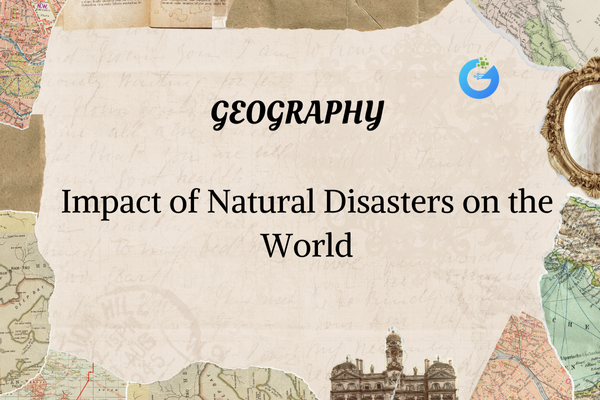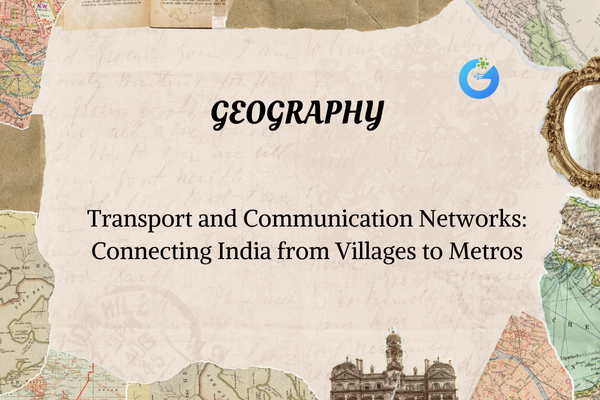Introduction
Why does everything fall down and never up? Why does a ball roll down a slope but not up by itself? Why do we stay on the ground instead of floating in the air?
The answer is gravitation—an invisible force that pulls everything toward the Earth. It’s the same force that keeps planets in orbit, makes raindrops fall, and holds buildings firmly on the ground.
Now imagine there’s nothing—no air, no wind—just an object falling freely. That is called free fall—motion under the pure effect of gravity, without anything slowing it down.
Let’s break down these two amazing ideas—Gravitation and Free Fall—in a simple and powerful way, with real-life examples, formulas, and fun facts.
expert-led Physics classes – visit our website to learn more
What is Gravitation?
Gravitation is a force of attraction between any two objects that have mass. This force pulls objects toward each other.
Even you are attracting the book on your desk. But the force is so small, you don’t feel it. The Earth is huge, so its gravity is strong enough to pull everything around it toward its center.
When is gravity stronger?
- When the mass of objects is larger
- When the distance between objects is smaller
Newton’s Universal Law of Gravitation
Sir Isaac Newton explained this force with a scientific law that applies to everything in the universe—from apples to planets.
Statement:
“Every object in the universe attracts every other object with a force that is directly proportional to the product of their masses and inversely proportional to the square of the distance between them.”
Formula:
F = G × (m₁ × m₂) / r²
Where:
- F = Gravitational force (in Newtons)
- G = Universal gravitational constant (6.674 × 10⁻¹¹ Nm²/kg²)
- m₁ and m₂ = Masses of the two objects
- r = Distance between the centers of the two objects
Examples of Gravitation:
- The Earth pulls everything downward.
- The Moon orbits Earth due to gravity.
- Ocean tides happen because of the Moon’s gravitational pull.
What is Free Fall?
Free fall happens when an object falls only under the effect of gravity—no air, no wind, and no resistance. That means gravity is the only force acting on the object.
Conditions for Free Fall:
- Object must be falling in a vacuum (no air)
- No resistance—just pure gravity
- All objects, no matter how heavy, fall at the same rate
Famous Experiment:
If you drop a hammer and a feather in a vacuum, they will fall at the same speed and hit the ground at the same time!
Acceleration Due to Gravity (g)
When something falls, it speeds up. This increase in speed is called acceleration. The rate at which objects accelerate due to Earth’s gravity is always the same:
On Earth:
g = 9.8 m/s²
That means the object’s speed increases by 9.8 meters per second every second.
On the Moon:
g ≈ 1.6 m/s²
That’s why astronauts can jump higher and farther on the Moon!
Free Fall Formulas
These three equations are used to solve free fall problems in physics:
| Formula | What It Tells Us |
| v = u + gt | Final speed after time t |
| s = ut + ½gt² | Distance fallen in time t |
| v² = u² + 2gs | Final speed after falling distance s |
Where:
- u = Initial velocity (if the object starts from rest, u = 0)
- v = Final velocity
- s = Distance covered
- t = Time taken
- g = Acceleration due to gravity (9.8 m/s²)
Mass vs. Weight – Know the Difference
Many people think mass and weight are the same. But in physics, they are very different.
| Mass | Weight |
| Amount of matter in an object | Force of gravity acting on mass |
| Measured in kg | Measured in Newtons (N) |
| Constant everywhere | Changes with gravity |
| Same on Earth, Moon, or space | Less on Moon, zero in space |
Formula for Weight:
Weight = Mass × g
Example:
If a person has a mass of 50 kg, then on Earth:
Weight = 50 × 9.8 = 490 N
Core Concepts Table
| Concept | Meaning |
| Gravitation | Attraction between two masses |
| Free Fall | Falling under only gravity |
| Acceleration due to gravity (g) | 9.8 m/s² on Earth |
| Mass | Amount of matter (never changes) |
| Weight | Force of gravity on an object (depends on g) |
| Newton’s Law of Gravitation | Explains how gravity works everywhere |
Frequently Asked Questions
Q1. What is free fall?
Free fall is when an object falls under the force of gravity alone, with no air or resistance.
Q2. Do heavier objects fall faster?
No. In free fall, all objects—no matter the mass—fall at the same rate.
Q3. What is the value of g on Earth?
9.8 m/s²
Q4. What’s the difference between mass and weight?
Mass stays the same everywhere; weight changes based on gravity.
Q5. Does gravity exist in space?
Yes! Gravity works in space too—it keeps planets and satellites in orbit.
Fun Facts About Gravity
- Newton was inspired by a falling apple—not because it hit him, but because it made him ask why things fall.
- Astronauts float in space not because there’s no gravity, but because they are in free fall around the Earth.
- Gravity can even bend light! This is known as gravitational lensing.
- Without gravity, the Earth’s atmosphere would drift away, and we’d have no air to breathe.
Conclusion
Gravitation and free fall are more than just physics concepts—they are part of everyday life. They explain why we stand on Earth, why rain falls, why planets stay in orbit, and why astronauts float in space.
This invisible force shapes the entire universe, from the smallest pebble on Earth to the biggest star in the sky.
Once you understand how gravity works, you’ll start to see its effects everywhere—even when you’re just dropping your pencil!








